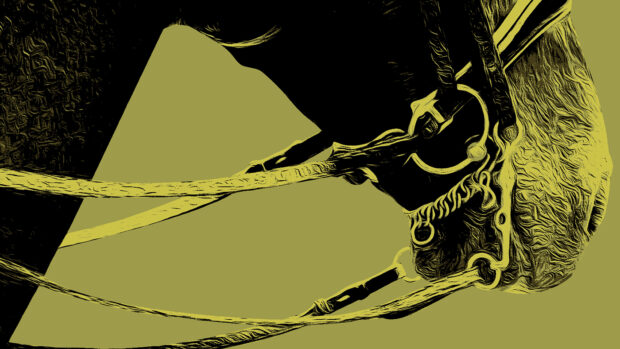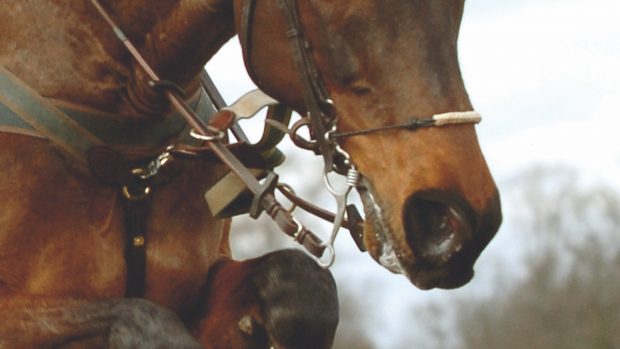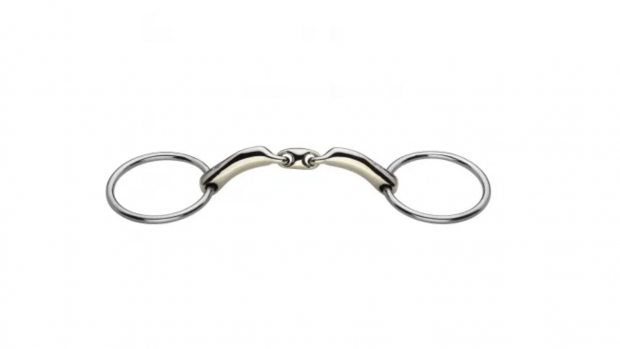Event rider Lucy Jennings talks about the action of the Dutch gag
“I like to keep things as simple as possible, and then build on that,” says event rider Lucy Jennings, who narrowly missed a trip to the Atlanta Olympics with Diamond Pedlar.
“I like the action of a snaffle, but sometimes I just need a little more control or steerage, particularly on the cross-country phase. The Dutch gag [also known as the three-ring or Spanish snaffle] is a favourite of mine because it gives three options for where the reins can be attached.
“If a horse is getting strong, it is possible to have the same action of the bit, but with more leverage. When I was competing Diamond Pedlar, I used a jointed rubber eggbutt mouthpiece and I found tht it helped him to come up in front when we were approaching a fence, instead of leaning down on my hands. His balance has improved enormously.
” I have never had to use the bit with the reins on the bottom ring – that would be extremely severe. Generally I just use the normal snaffle ring, and then utilise the one just below it if I have to.”
“I like the rubber mouthpiece because it is much kinder and there is less risk of a horse becoming sore in the mouth, even if he is strong. It’s certainly a bit which works well for me, I’m not much of a ‘gadget’ person and it isn’t that much different to a basic snaffle.”



